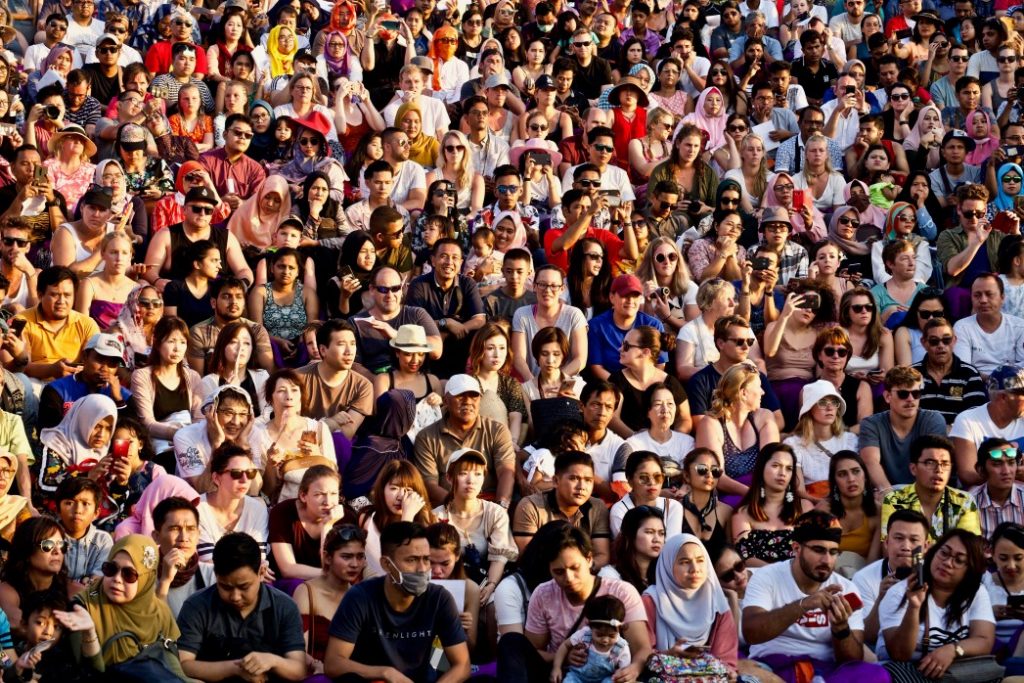Brits wants Covid tests and social distancing, but no masks or bans on food.
It’s not been a good year for the events industry. Covid rules stopping people mingling caused most events to be cancelled. That translated into a big economic hit for all the businesses and people that work in the sector.
These effects can ripple out further than you think. Plenty of other businesses and jobs benefit from events even if they aren’t directly in the industry - think of security guards or bumbag manufacturers. Similarly, tax revenues will have been affected, because the government is no longer getting a cut of things like entertainer salaries, VAT on ticket sales, and so on. Plus, it’s a loss for many consumers - lots of us find that festivals, concerts and other events give a big boost to our wellbeing.
For all these reasons, a lot of people are keen to get events up and running again. But even if all the government restrictions are lifted, venues may have another problem to overcome: luring back their audiences. Anxieties around the pandemic means Brits are much less keen to be part of a crowd than they used to be. Only one in four say they would be comfortable with attending large public gatherings.
However, data from the Office for National Statistics (ONS) suggests there are some things events companies could do to increase this number. Requiring a negative Covid test for entry and implementing social distancing would both make people more likely to attend an event. But wannabe sell-out events shouldn’t overdo the Covid precautions. Lots of people said they were more likely to skip an event if they had to wear masks, weren’t allowed to buy food, or had to wait for a socially-distanced exit.
Read our explainer on: opportunity costs

